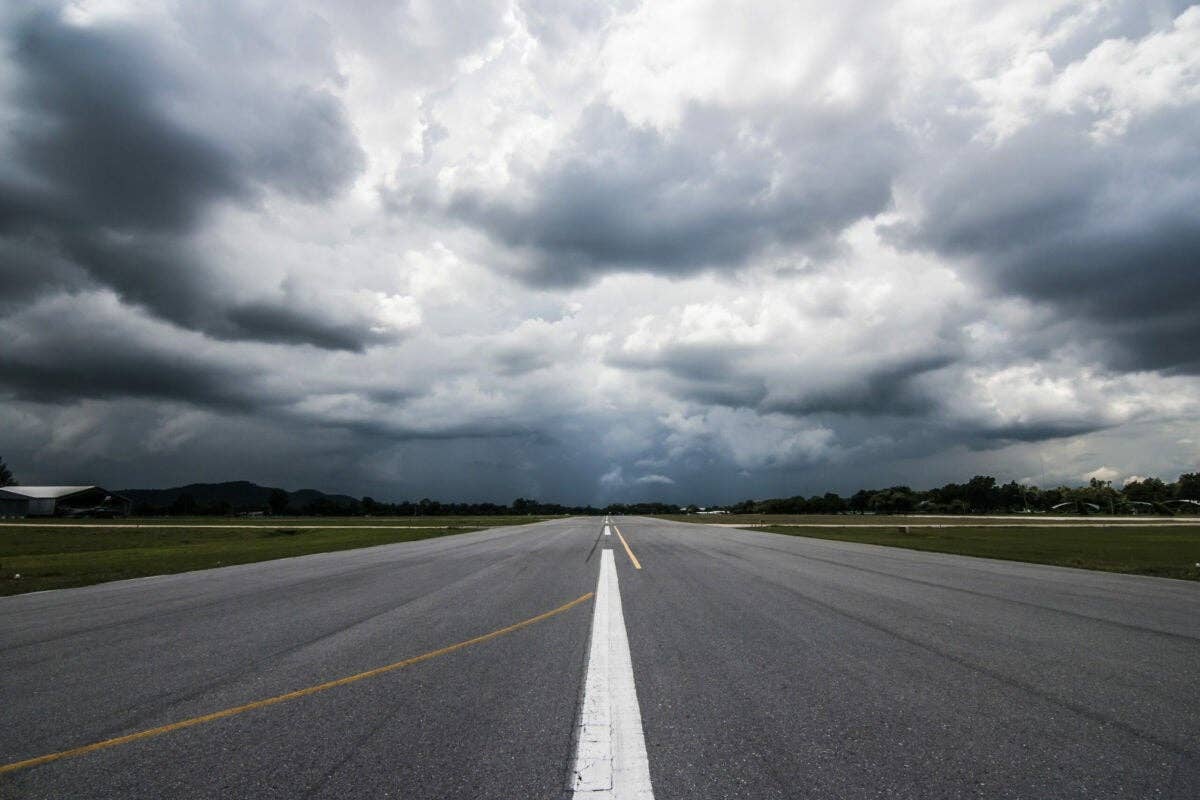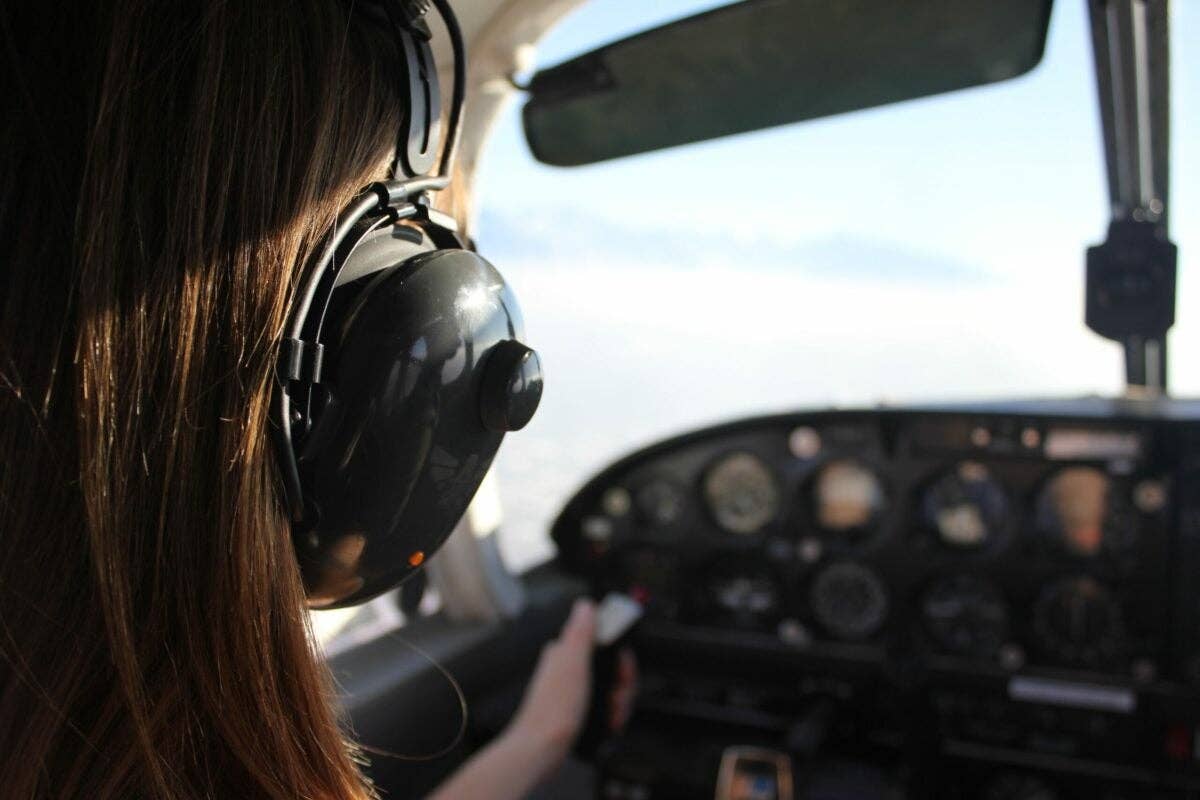Is Cheaper Avgas OK if…?
A FLYING reader wonders if it’s OK to be thrifty if the name of some extra weight in a specific situation.

In some cases, the weight of extra fuel can be hazardous. [File Photo: Adobe Stock]
The fuel capacity of most piston-engine airplanes is 10 to 15 percent of their gross weight. Their lift-related, or “induced,” drag—which is the part of the drag that would be affected by added weight—is also, for unrelated reasons, only 10 to 15 percent of their total drag at cruising speed. The effect of extra weight on speed and fuel consumption is the product of the two fractions, and it is quite small, just a couple of percent. But weight has a big influence on climb rate, so under some circumstances—high density altitude, short runway, rising terrain—the weight of extra fuel can be hazardous.
Airplanes with high wing loadings and ones that fly at high altitude, such as jets and turboprops, are more affected by extra weight, both because induced drag is a proportionately greater part of their total drag and because a larger fraction of their gross weight may be fuel.
Do you have a question about aviation that's been bugging you? Ask us anything you've ever wanted to know about aviation. Our experts in general aviation, training, aircraft, avionics, and more may attempt to answer your question in a future article.

Sign-up for newsletters & special offers!
Get the latest FLYING stories & special offers delivered directly to your inbox






